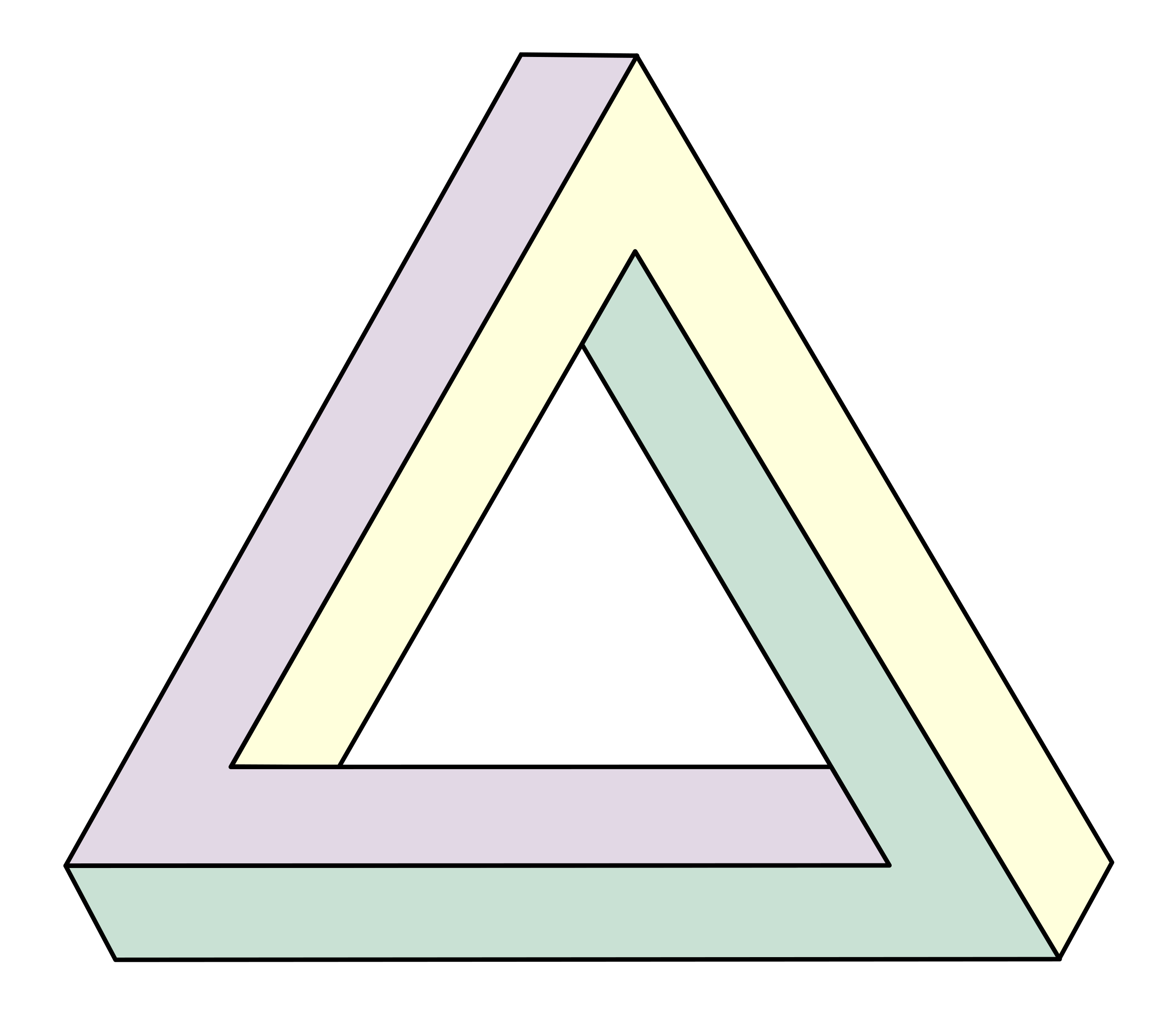A photo of a Coca-Cola can that looks red, but is made up of only black and blue pixels, is being shared on social media, how does it work?
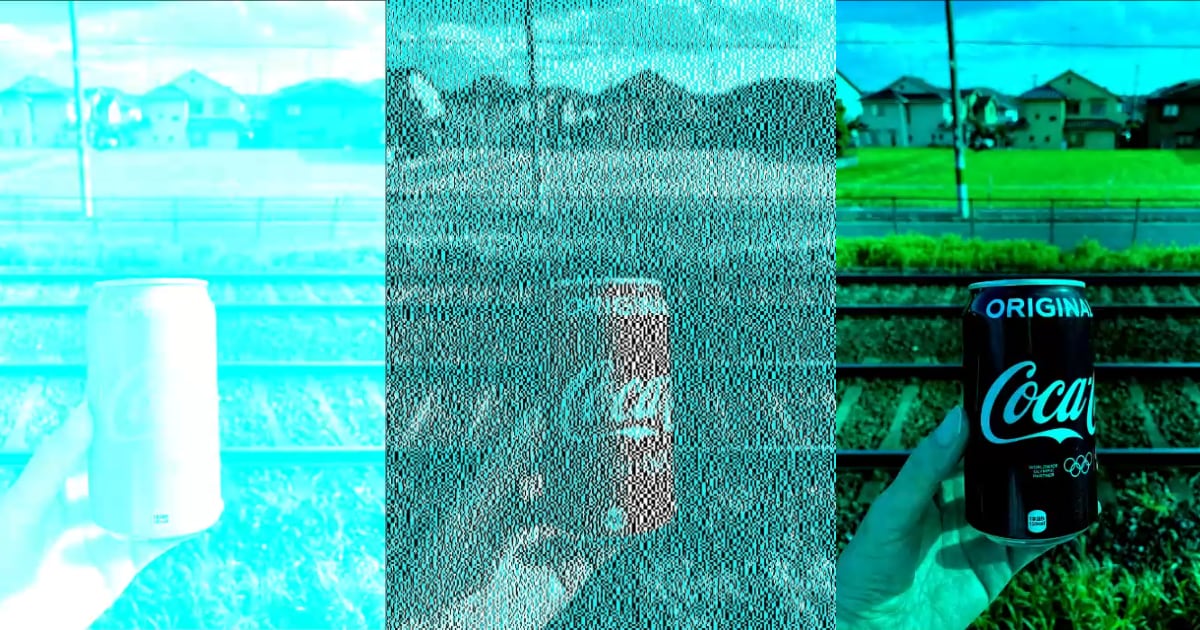
A photo of a Coca-Cola can that looks red, but is made up of only black and blue pixels, is being shared on social media. How did this photo appear and how does it work? Although the first such photos on the Internet are dated 24-25 April 2024, this publication on the Japanese website psy.ritsumei.ac.jp/ appeared on 4 May 2021 and contains several other examples. And all of them are illustrated with videos that help us understand how our brains perceive sharp colour transitions, creating a colour that is not really there.
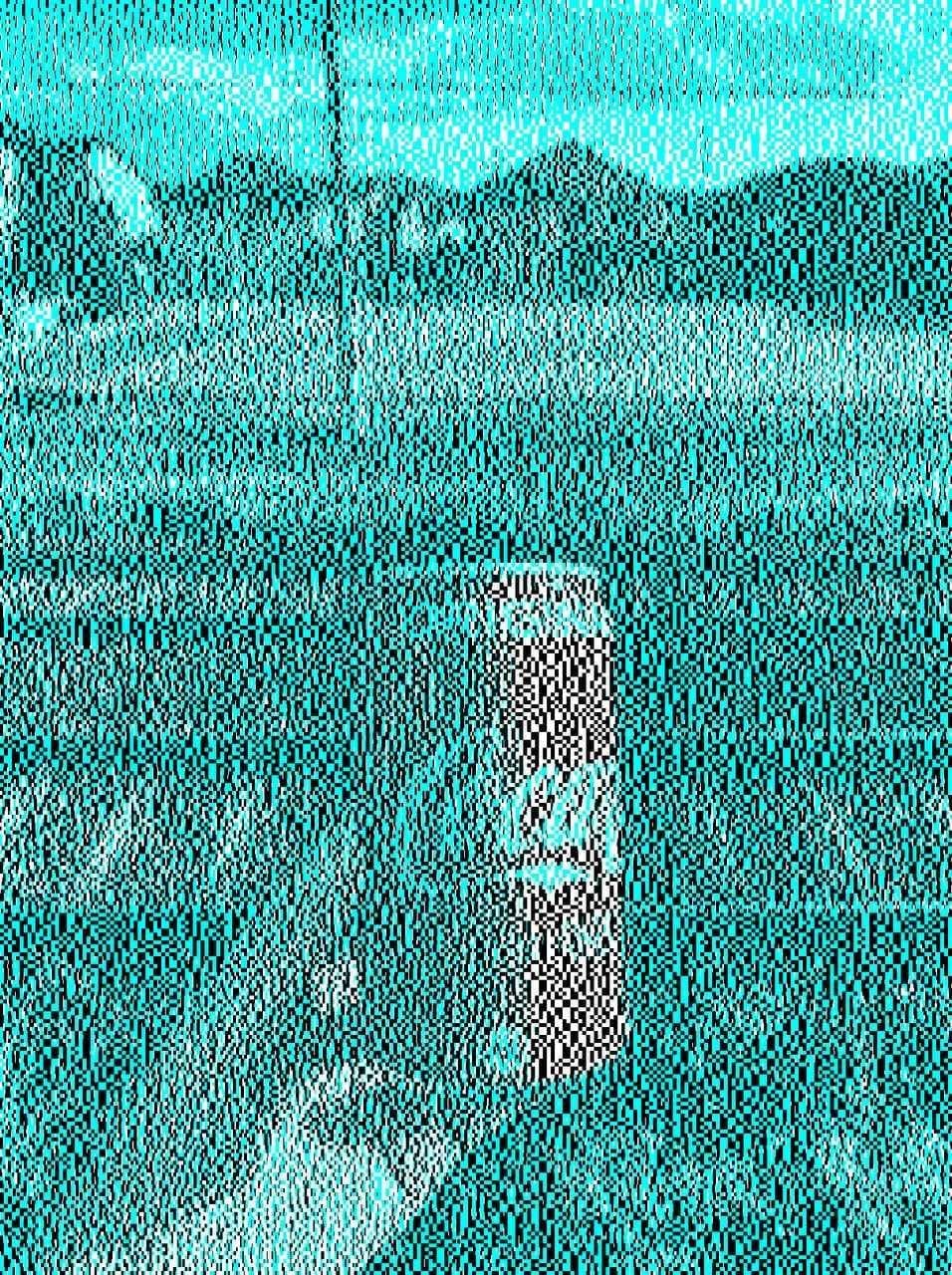
If you zoom in on the image, the illusion disappears and you can see the individual blue and black pixels.
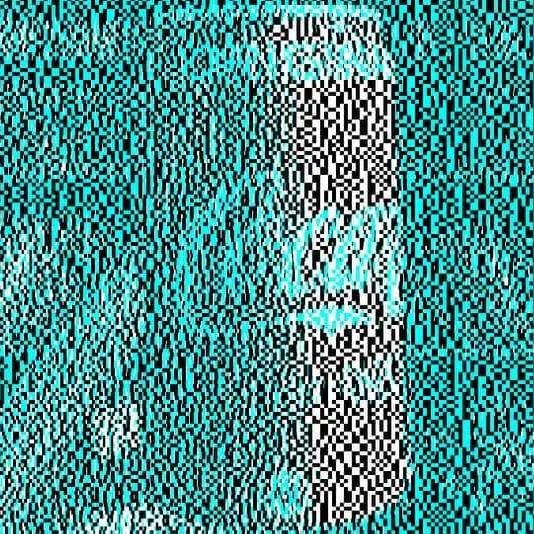
Optical illusions
Optical illusions are perceptual tricks that distort reality by misleading our brains. They arise due to the peculiarities of visual information processing, as a result of which we see objects differently than they actually are. These illusions can be related to colour, light, size, perspective, or movement. They are used in psychology to study perception, in art to create striking effects, and in design to create unique visual solutions. Popular examples include the Mueller-Lyer illusion, the Fraser spiral, and the impossible Penrose triangle.
Muller-Lyer illusion
The Mueller-Lyer optical illusion occurs when you observe segments framed by arrows. They are of the same size, but the segment with the arrows pointing outwards looks shorter than the segment with the arrows pointing inwards.
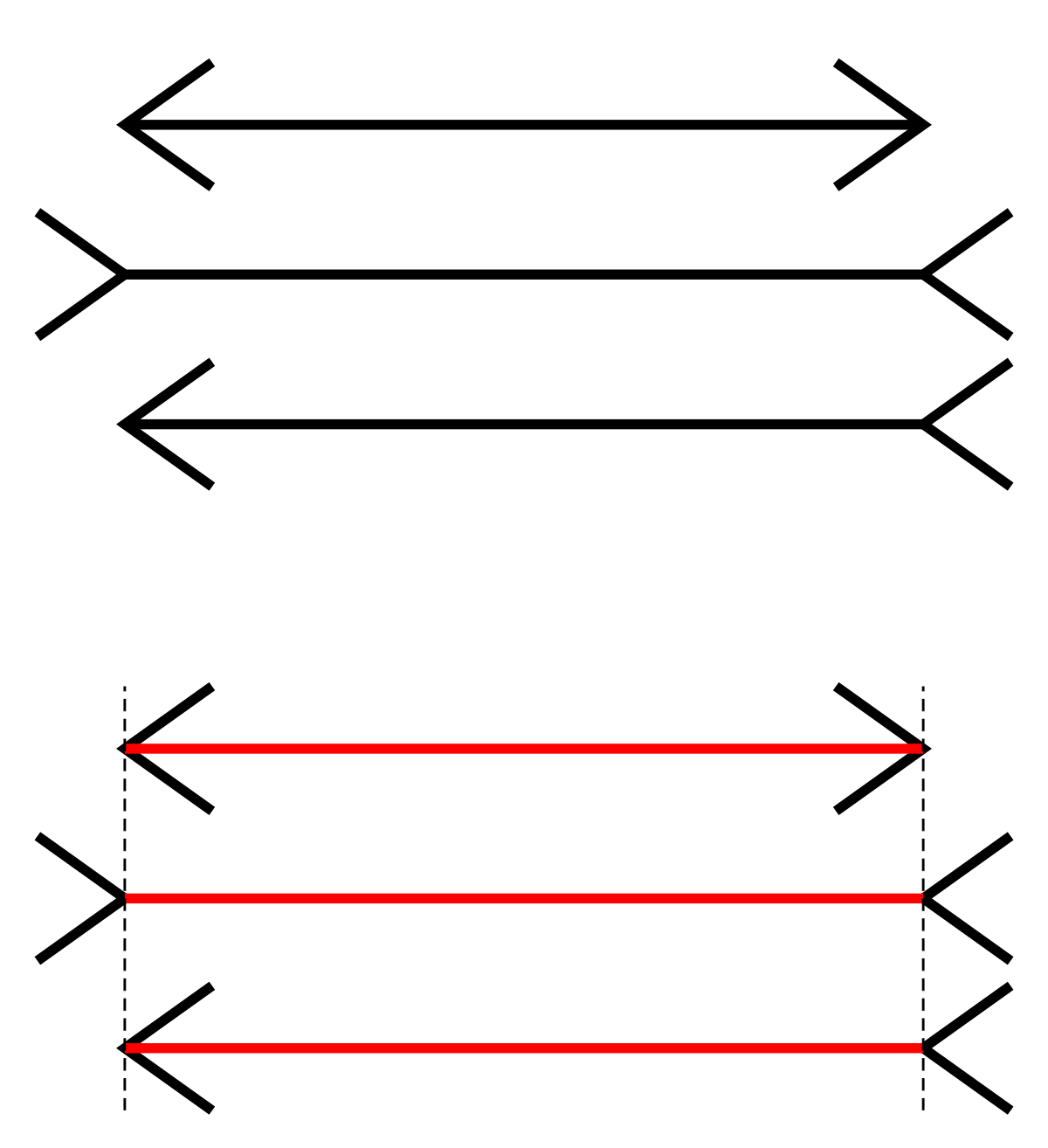
Fraser's spiral
This illusion is called the Fraser's spiral, named after the scientist who first studied it. Also known as a false spiral, or by its original name, the twisted cord illusion. Segments of black arcs overlapping each other form a spiral, but in reality it is a series of concentric circles.

Penrose's impossible triangle
Penrose 's Impossible Triangle is an optical illusion in the form of a triangle that appears to be both connected and disconnected, giving the impression of an impossible three-dimensional structure.
